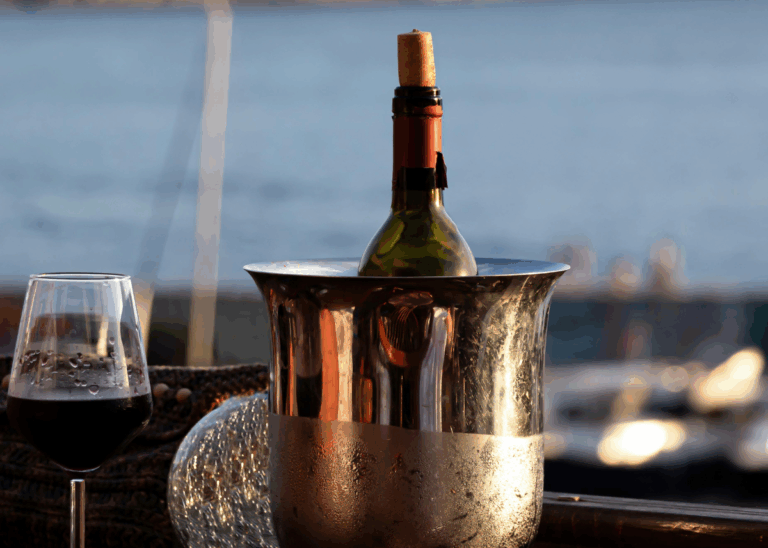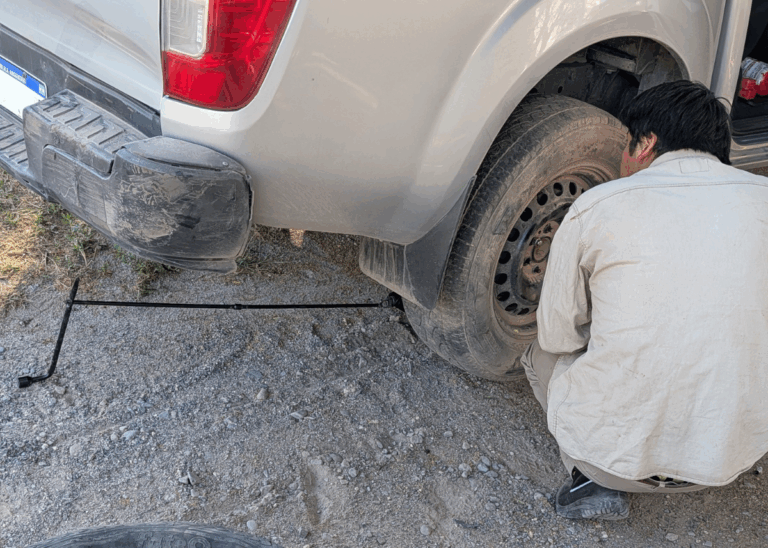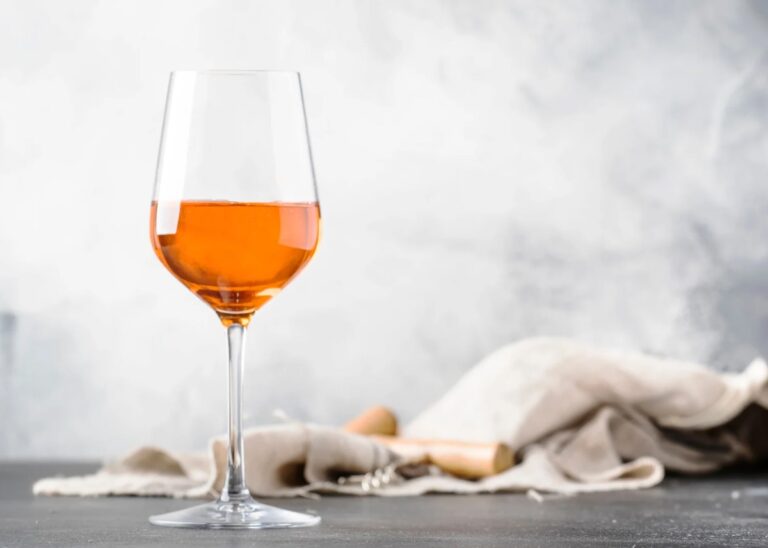[et_pb_section fb_built=”1″ _builder_version=”4.11.1″ _module_preset=”default” global_colors_info=”{}”][et_pb_row _builder_version=”4.11.1″ _module_preset=”default” global_colors_info=”{}”][et_pb_column type=”4_4″ _builder_version=”4.11.1″ _module_preset=”default” global_colors_info=”{}”][et_pb_text _builder_version=”4.11.1″ _module_preset=”default” global_colors_info=”{}”]Contents:
- What Light Does to Wine
- Colors of Glass Wine Bottles & What They Mean
- What Can You Do About It? How to Protect your Wine
[/et_pb_text][et_pb_video src=”https://youtu.be/bbHGT1OZa2I” _builder_version=”4.11.1″ _module_preset=”default” width=”75%” width_tablet=”85%” width_phone=”100%” width_last_edited=”on|phone” module_alignment=”center” global_colors_info=”{}”][/et_pb_video][et_pb_text _builder_version=”4.11.1″ _module_preset=”default” global_colors_info=”{}”]Transcript:
Why Light is Bad for Wine
Hello, bonjour, and welcome to your new Bonner Private Wines video. A little while ago I made a series of three episodes, three videos about wine aging, going quite in-depth into how to age your wine properly, what to cellar or not, etc. You can watch it right here if you missed it or you don’t remember.
But there’s one aspect of it that I didn’t cover fully, and that’s why wine preferably needs to be stored in a dark environment. Why does wine not like light? There’s a lot of light here. It’s not fantastic for the vino. What do we call a light strike? What is it? Let’s have a look.
What Light Does To Wine
Not to be technical at all about wine chemistry, to stay very simple, what you need to know is that there are certain molecules in your wine, especially a couple of vitamins called riboflavins, so that’s the vitamin B2 and pantothenic acid vitamin B5, that get affected particularly hard by strong lights. It’s mainly U.V. light that’s impactful, which you get a lot from direct sunlight in particular; artificial light is not as bad.
Those molecules get transformed by the light into sulfur compounds that smell bad, even at very low concentration. So they can appear and impact your wine very early on. Basically, a very good wine can start stinking or smell like a bad kitchen sink if exposed to too much UV light. And that’s a phenomenon called light strike. The amount of exposure to UV light is what’s going to determine whether a wine will be affected or not.
And this is related to and depending on for a large part, the actual color of your glass, of the glass of your wine bottles. Did you know that the color of the glass of your bottles is very important, matters a lot? Now you know. But let’s have a closer look.
Colors of Glass Wine Bottles & What They Mean
The reason why most wine bottles are dark or why all wine bottles aren’t clear or transparent is precisely to protect the liquid from light. It’s estimated that a wine in a clear glass bottle can turn bad after about 3 hours of exposure to direct sunlight, while a wine in a green bottle just like this one will take about 18 hours instead. It makes a huge difference. Now, a thick glass brown bottle, those are virtually UV resistant in principle, so the wine is better protected. Although the temperature also matters of course, a lot, in how long this process will take.
Your wine could get cooked as well, which is a different problem. But that can occur concurrently. Too much light and or temperature will also affect the texture of a wine by changing its chemical composition, distorting the tannins and other molecules. Again, put simply, you don’t want much direct exposure to sunlight in particular, and a longer exposure to a small amount of UV radiations over days and days.
Just standing there in your living room or here, for example, even if not directly under sunlight could have the same but cumulative effect then a few hours directly under the sun. So be wary of that. So why do they sell some wines still in those transparent bottles then? You may be wondering. Well, wine sold in those clear glass bottles are generally meant for quick consumption.
That’s the simple answer. They’re most often roses and light whites, even sometimes some simple fruity reds that you’re unlikely to keep for very long. You buy them at the store in summer and you drink them the same day or the same week. So it doesn’t really matter for those the aspect of the bottle, the fact that you can actually see the tempting pink color of the wine matters more.
You can sense the style of the wine from the outside and that sells bottles more. So that’s why producers make them.
What Can You Do About It? How to Protect your Wine
And so once you know what we’ve just discussed, it’s simple common sense from there, really don’t keep your bottles of roses and whites in clear glass bottles for too long, especially if they are exposed to light on a shelf somewhere in your kitchen.
Just drink them or store them in a darker cupboard somewhere. For once, you store a little more for a few months. Let’s say if you do have a wine shelf somewhere in your living space, well, just cover it up with a sheet or install curtains to keep them in the dark or as much as possible. LED bulbs, it’s good to know, do not emit UV radiation.
So having more of them as your primary artificial light source can actually help a little bit too. Now, of course, if you’re cellaring some of your vinos to collect them, to store them, to age them, to mature them, well, it will have to be in a dark room or in a fridge. You’ve probably noticed that wine fridges have very low lighting or generally a soft blue light or other color.
It’s to protect your bottles, in fact, have a low UV light bulb in your cellar if you have one. If you want to be extra careful, that’s another option as well. And that’s it. This is essentially what you need to know about light in wine. It’s fairly simple.
As a conclusion, I’d say that I don’t want to be alarmist here. Light strike is not a big problem we encounter very often. There’s no need to be really obsessed or stressed out about light affecting your wines too much. Bottles can handle it, but it’s just a little something to have in mind, little precautions to take here and there to avoid massive or prolonged exposures that may deteriorate your vino, if only over time, even by just a few percent of quality here and there, you can easily avoid that earlier knowledge and common sense skillfully applied to enjoy your wine always a little better.
That was it for me today. Thank you for watching and we’ll see you soon. In the wonderful world of vino, of wine. Cheers. Santé.
[/et_pb_text][/et_pb_column][/et_pb_row][/et_pb_section]



